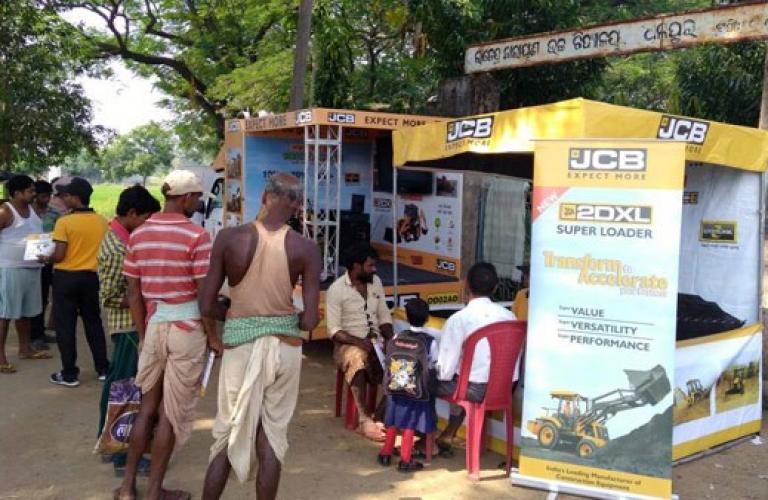Rural markets, unlike their urban counterparts are highly difficult to predict, and have specific characteristics. The rural population is mostly mix of low and medium level irregular income and flow of income may vary as per output of the monsoon winds.
Features of Rural Markets in India
Unpredictable Nature
Rural markets, unlike their urban counterparts, are highly difficult to predict. This unpredictability stems from various factors including the irregular income patterns and dependency on agricultural cycles. The flow of income in rural areas is often tied to the output of monsoon winds, which significantly impacts agricultural productivity. Consequently, a good monsoon can lead to higher income and increased spending, while a poor monsoon can result in reduced income and lower consumer spending.
Irregular Income Levels
The rural population is a mix of low and medium-level income groups, with a significant portion earning irregular incomes. The primary source of income for many rural households is agriculture, which is seasonal and heavily dependent on weather conditions. This irregularity in income means that spending patterns can be inconsistent, with higher spending during harvest seasons and reduced expenditure during lean periods.

Dependency on Agriculture
Agriculture is the backbone of the rural economy, making rural markets highly dependent on agricultural performance. The success or failure of crops directly influences the purchasing power of rural consumers. Good agricultural output can lead to increased disposable income, while poor yields can result in financial constraints.
Seasonal Demand
Demand in rural markets is often seasonal, aligned with agricultural cycles and festivals. Products related to farming, such as seeds, fertilizers, and equipment, see higher demand during sowing and harvesting seasons. Similarly, consumer goods and discretionary items may see increased sales during festival periods when rural consumers are more likely to spend.
Diverse and Fragmented Markets
Rural markets are diverse and fragmented, with each region having its own unique characteristics, preferences, and consumption patterns. This diversity requires businesses to tailor their marketing strategies to suit the local context. Language, culture, and traditions vary widely across rural India, making it essential for marketers to understand and respect these differences in their campaigns.
Limited Access to Infrastructure
Rural areas often face limited access to infrastructure such as roads, electricity, and communication networks. This lack of infrastructure can pose challenges in distribution and reach, making it difficult for businesses to penetrate these markets effectively. Companies need to develop innovative solutions to overcome these logistical challenges.
Price Sensitivity
Rural consumers are generally more price-sensitive compared to their urban counterparts. With lower and irregular incomes, rural households tend to prioritize essential goods and services. Therefore, pricing strategies need to be carefully considered to ensure products are affordable and offer value for money.
Community Influence
Community influence plays a significant role in rural markets. Word-of-mouth and recommendations from trusted community members can significantly impact purchasing decisions. Marketers need to leverage these social dynamics to build trust and credibility for their p
Society Gate Ad locations in Delhi




